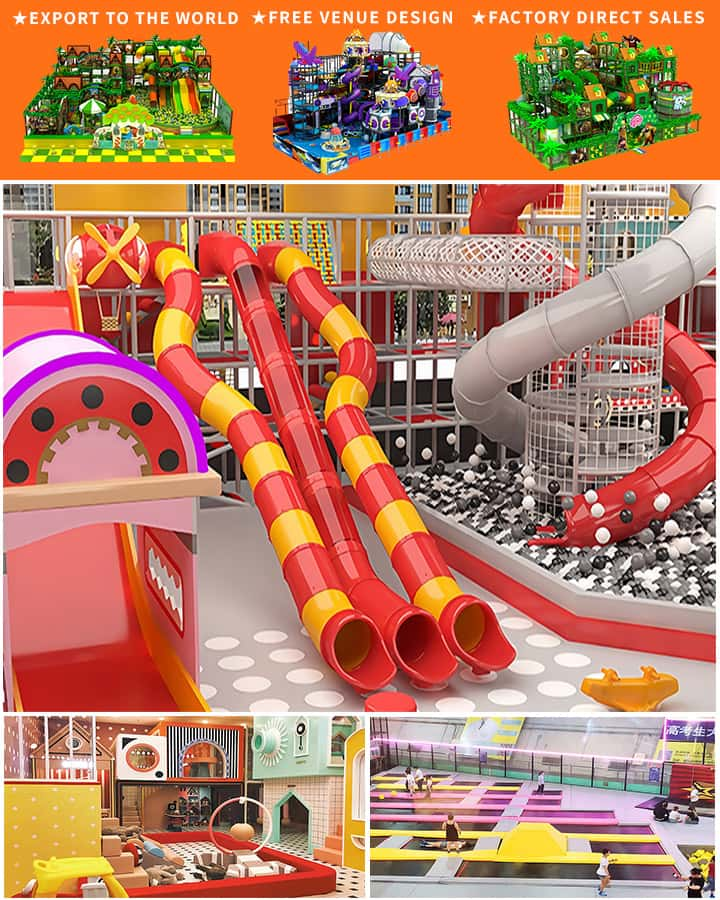In today’s fast-paced world, finding quality time to connect with our children can be challenging. However, parent-child play areas offer a dedicated space where parents and children can engage in meaningful play while fostering emotional bonds and supporting developmental milestones. These specialized environments are designed to cater to the unique needs of both parents and children, creating a nurturing atmosphere that encourages exploration, learning, and togetherness.
The Importance of Parent-Child Interaction
Play is often referred to as the “work” of children, and when parents actively participate, it becomes a powerful tool for growth. Parent-child play areas serve as platforms for parents to engage deeply with their children, providing opportunities for joint activities that promote cognitive, social, and motor skills development. This shared playtime not only strengthens the parent-child bond but also helps children feel secure and valued, laying the foundation for healthy self-esteem and emotional resilience.
Developmental Benefits
Cognitive Development: Engaging in play activities such as puzzles, building blocks, and interactive games challenges children’s problem-solving abilities, encouraging critical thinking and creativity. Parents can guide their children through these activities, helping them make connections and understand complex concepts.

Social Skills: Play areas often provide opportunities for children to interact with peers under the watchful eyes of their parents. This exposure helps children develop essential social skills like sharing, cooperation, and communication. Parents can model positive social behaviors, teaching their children how to navigate social relationships effectively.
Motor Skills: Many parent-child play areas include equipment specifically designed to enhance physical development. From climbing structures to sensory pathways, these activities improve gross motor skills like balance and coordination, as well as fine motor skills necessary for tasks like grasping and manipulating objects.
Emotional Well-being
Beyond the tangible benefits, parent-child play areas contribute significantly to emotional well-being. The shared experiences create lasting memories and a sense of belonging. For parents, watching their children explore and learn in a safe environment brings immense joy and satisfaction. For children, knowing that their parents value and prioritize playtime fosters a sense of security and love.
Design Features of Effective Play Areas
Effective parent-child play areas are thoughtfully designed to accommodate various age groups and interests. Key features include:
- Safety: Safety is paramount, with soft flooring, padded surfaces, and secure structures to prevent injuries.
- Diverse Activities: Offering a range of activities ensures there is something for every child, from quiet sensory play to energetic physical challenges.
- Inclusive Design: Play areas should be accessible to children of all abilities, promoting inclusivity and allowing every child to participate fully.
- Comfortable Spaces for Parents: Seating areas and shaded spaces enable parents to relax while keeping an eye on their children, facilitating uninterrupted interaction.
Conclusion
Parent-child play areas serve as more than just recreational spaces; they are vital environments that support the holistic development of children and strengthen family bonds. By investing time and energy in these enriching experiences, parents can provide their children with the tools needed to thrive emotionally, socially, and cognitively. As we continue to recognize the importance of play in early childhood development, let us embrace and champion the creation of more parent-child play areas that nurture the next generation.




